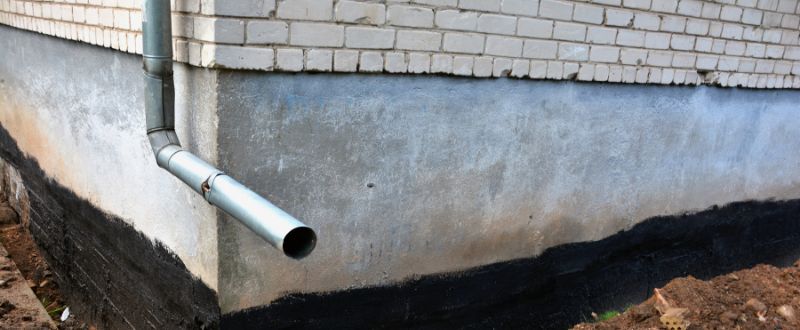A damaged foundation can create cracks in the walls, floors, or ceilings; doors and windows that stick or do not close properly; sloping or uneven floors; and visible gaps between walls and the ceiling or floor. Prompt repair or replacement will restore the foundation’s stability and safety. Compare foundation repair and foundation replacement to see how they differ in terms of cost, the damage they can address, and project timelines.
Cost Considerations
Foundation repair is generally more cost-effective compared to foundation replacement. Repair work typically involves targeted fixes, lifting the slab to a flatter plane or stabilizing specific areas, which require less labor and materials. With polyjacking, a trained technician can strategically inject polyurethane foam under the concrete. The foam then expands to lift and stabilize the foundation.
On the other hand, foundation replacement often comes with higher costs because the process requires significant labor, materials, and equipment. A contractor may cut an entire section of the slab, leaving only the exterior grade beam and walls. Then they prepare the soil and add reinforcements like rebar and pour back the concrete.
Extent of Damage
The extent of damage to your foundation is another crucial factor to consider when choosing between repair and replacement. URETEK’s patented polyurethane foam is durable, strong, and lightweight, so it will bolster the foundation long-term and won’t cause further settling. A technician will come to your property to assess the viability of polyjacking to stabilize the foundation and prevent settling and shifting.
However, foundation replacement may be the only viable option if your foundation has suffered severe structural damage. Signs of significant foundation problems include large, widespread cracks, uneven floors, and distorted walls. Often times, the need for foundation replacement stems from the lack of concrete reinforcements like rebar during construction. Such cases may require a complete foundation replacement to ensure the structure’s safety and stability. It is rare that a damaged foundation must be replaced over repaired.
Project Timeline
Foundation repair has shorter project timelines compared to foundation replacement. Depending on the extent of repairs, we typically complete the URETEK Method® of polyurethane foam repair in a single day. The fast-curing foam reaches 90 percent strength in just 15 minutes, so you can go back to your routine use of the affected area shortly after our technicians leave.
The URETEK Method® does not involve tunneling, digging, or excavation, reducing work time and disruption to the surrounding area. It also doesn’t require heavy machinery, leading to quicker turnaround times. Non-invasive placement and minimal downtime make our method effective for home foundation repair in Houston.
Replacement Creates a Construction Zone
Foundation replacement, on the other hand, may take several weeks to a few months to complete, depending on factors such as the size of the slab, the complexity of the design, and weather conditions. Foundation replacement projects turn your property into a construction zone. Therefore, the prolonged project timeline can disrupt business operations and impact revenue streams for commercial entities. An extended construction period can lead to inconveniences, displacement, and increased living costs for homeowners while the repairs are underway.
Considering the cost implications, applicability, and project timelines associated with foundation repair versus replacement can help you understand the best method for restoring stability and safety. Addressing foundation problems promptly is key to maintaining the integrity of your property and ensuring long-term structural soundness, whether opting for targeted repairs or a complete replacement.

